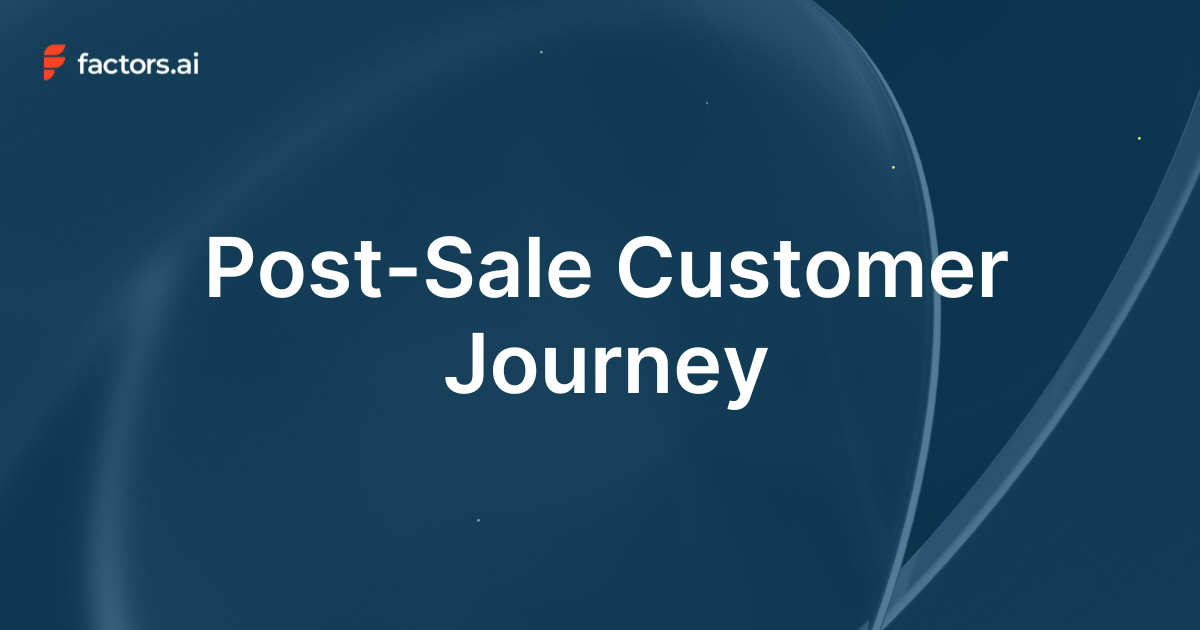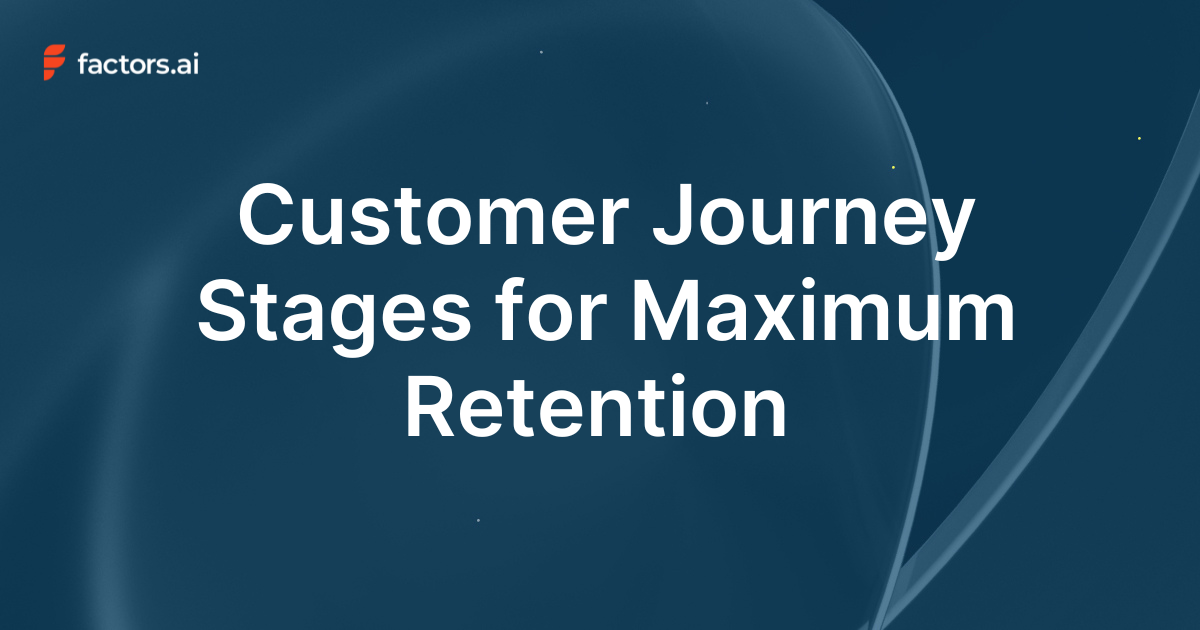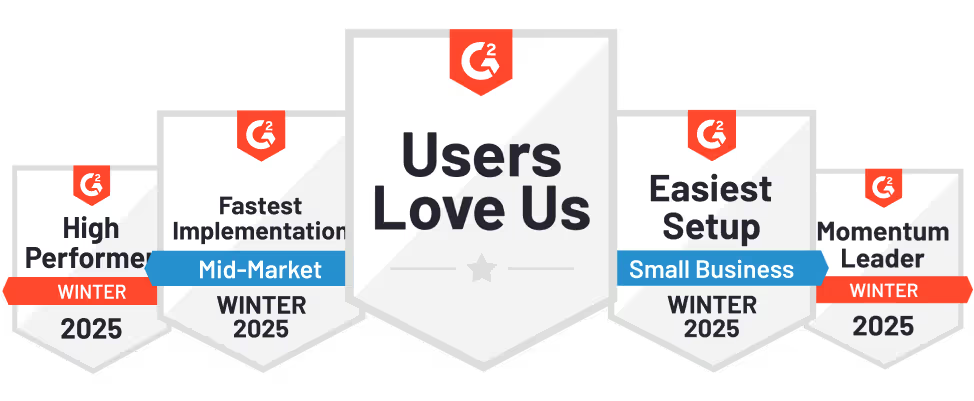TL;DR
- Visitor ID + Intent Data = Real Pipeline: Identify ICP-fit companies visiting your site using reverse IP and intent filters, even if they don’t fill out a form.
- GTM Engineering Automates Everything: From enrichment to outbound handoff, custom workflows eliminate manual busywork and trigger timely outreach.
- Prioritization Drives Focus: Accounts are tiered by fit and intent, allowing reps to focus efforts where they matter most, not just on who clicks first.
- Human Touch, AI Assist: AI-generated summaries and contact bundles give reps the context they need to personalize without guesswork or delay.
Let’s be honest: traffic and MQLs don’t pay the bills. Pipeline and revenue do.
Here’s the truth: your best prospects are probably already on your website. They’re comparing features, peeking at pricing, and reading that one blog you’re weirdly proud of. But only ~3% of visitors fill out a form. The other 97%? Anonymous..unless you can identify the company, recognize buying intent, and trigger smart outreach automatically.
This article shows you how to do exactly that with website visitor identification, intent data, and a layer of GTM engineering that turns signals into ready-to-send outbound and, ultimately, qualified conversations.
We’ll keep it practical, human, and zero-fluff. (Coffee optional. Results, not.)
And yes, we’ll show how Factors does the heavy lifting, tooling, data, and workflows included.
TL;DR: This is the fastest way to build pipeline without ballooning ad budgets or headcount.
But first, the basics.
What is intent data?
Intent data is any signal that shows a buyer might be researching your category or solution. There are four types of intent data:
- Zero-party: They tell you directly (e.g., a demo form).
- First-party: You observe it on your assets (e.g., web sessions, page views, clicks).
- Second-party: Another company’s first-party data (e.g., G2 page visits, LinkedIn Ads views).
- Third-party: Aggregated across many sites (e.g., Bombora-type data).
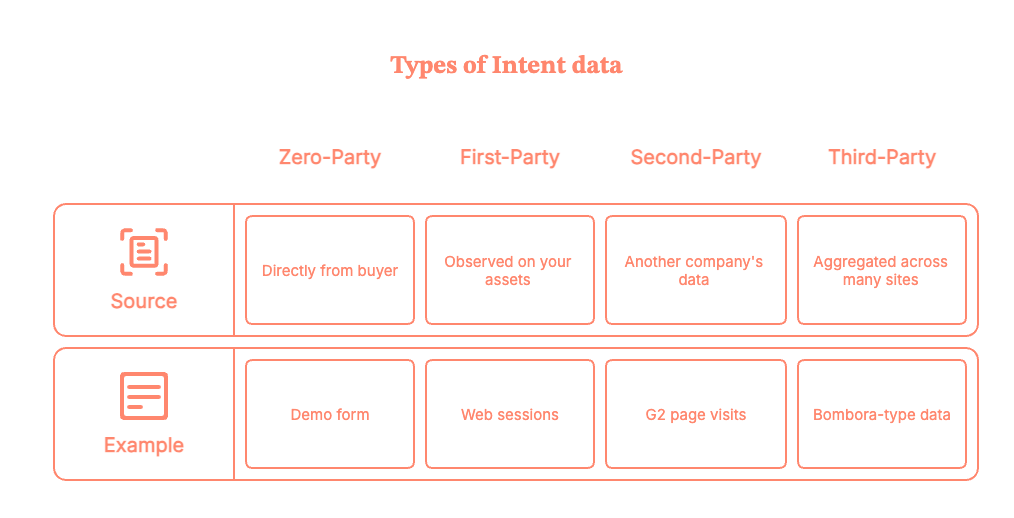
Why it matters: Studies suggest buyers are ~57% through their journey before they talk to sales. You need to engage earlier, when intent shows up, not when a form arrives.
What is website visitor identification?
It’s how you de-anonymize company-level traffic on your site (without personal PII). Tools like Factors.ai use industry-leading reverse IP technology and enrichment to reveal who’s on your site (company, industry, size, tech, etc.) and what they’re doing (pages, sessions, engagement depth).
Factors.ai offers best-in-class coverage for website visitor identification. It identifies more than 75% of anonymous website visitors using sequential waterfall enrichment.
What is GTM engineering?
GTM engineering is the missing link between knowing who’s interested and acting on it in real time. It’s the setup of automated workflows (with AI where helpful) that connect your data sources, website, ad platforms, CRM, Apollo, Slack, and more, to trigger instant, contextual outbound plays.
With Factors’ GTM Engineering services, you don’t just get software; you get a managed system that:
- Detects intent signals in real time
- Identifies which companies are visiting your site
- Enriches contact data automatically via Clay and Apollo
- Scores and prioritizes accounts (AI-enabled predictive scoring included)
- Sends ready-to-act Slack alerts and email drafts to SDRs/Sales in minutes (not next Tuesday).
- Automate outreach via LinkedIn InMails, calls, and emails
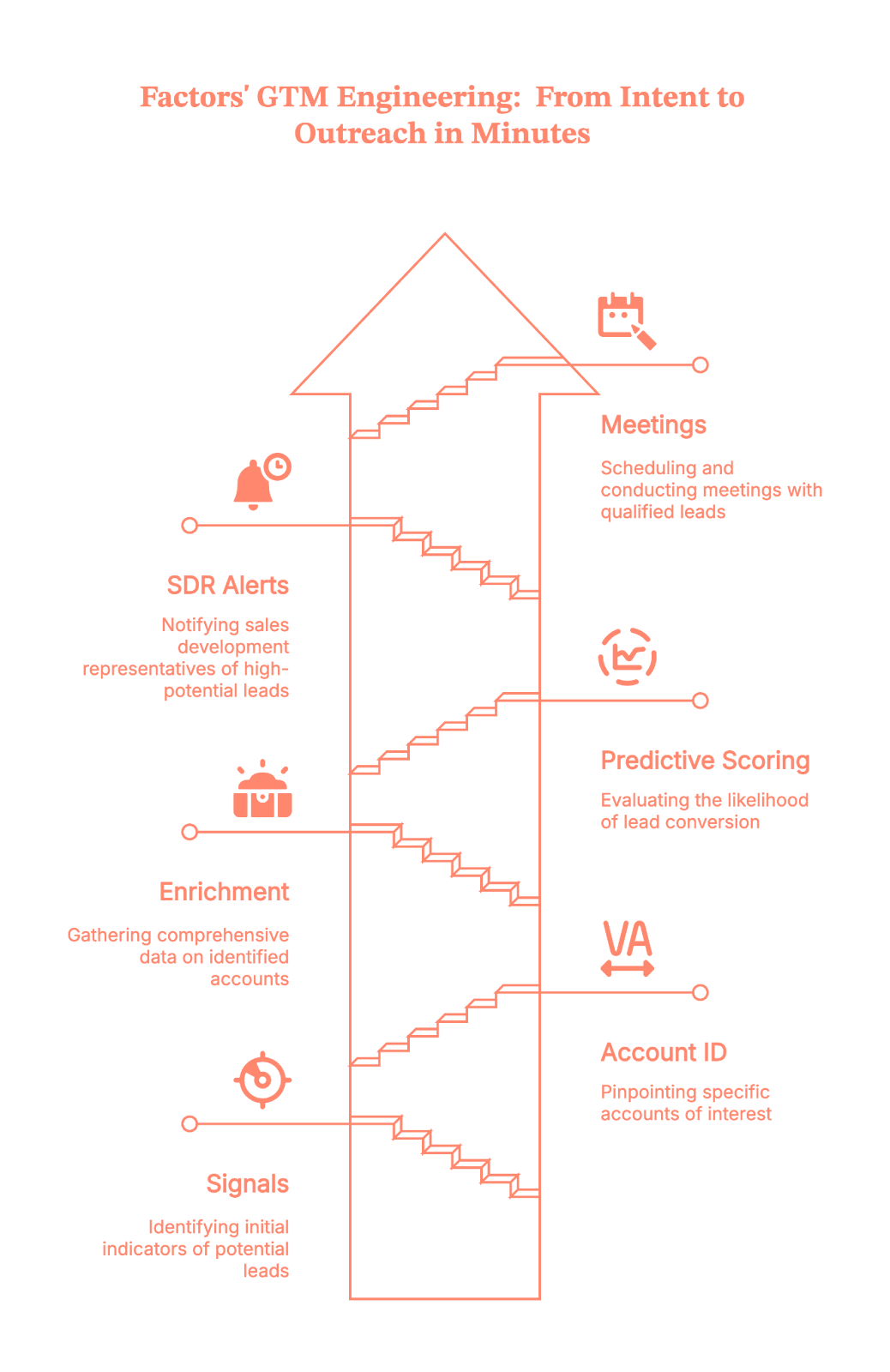
Okay, but why does this matter now? Because everyone’s doing it (Just kidding)
- Speed wins. Buyers do a lot of research before talking to sales. If you reach out first (and with context), you're more likely to make the shortlist.
- Efficiency is everything. Ad budgets are tight; headcount isn’t infinite. Intent + automation = more meetings per rep, with less chaos.
- Sales teams need clarity, not ‘heads-up’ pings. A good alert says who, why now, who to contact, and what to say. (Not ‘someone from Acme visited lol.’)
The 5-Step Playbook to Turn Visitors into Warm Outbound Play (Run this today)
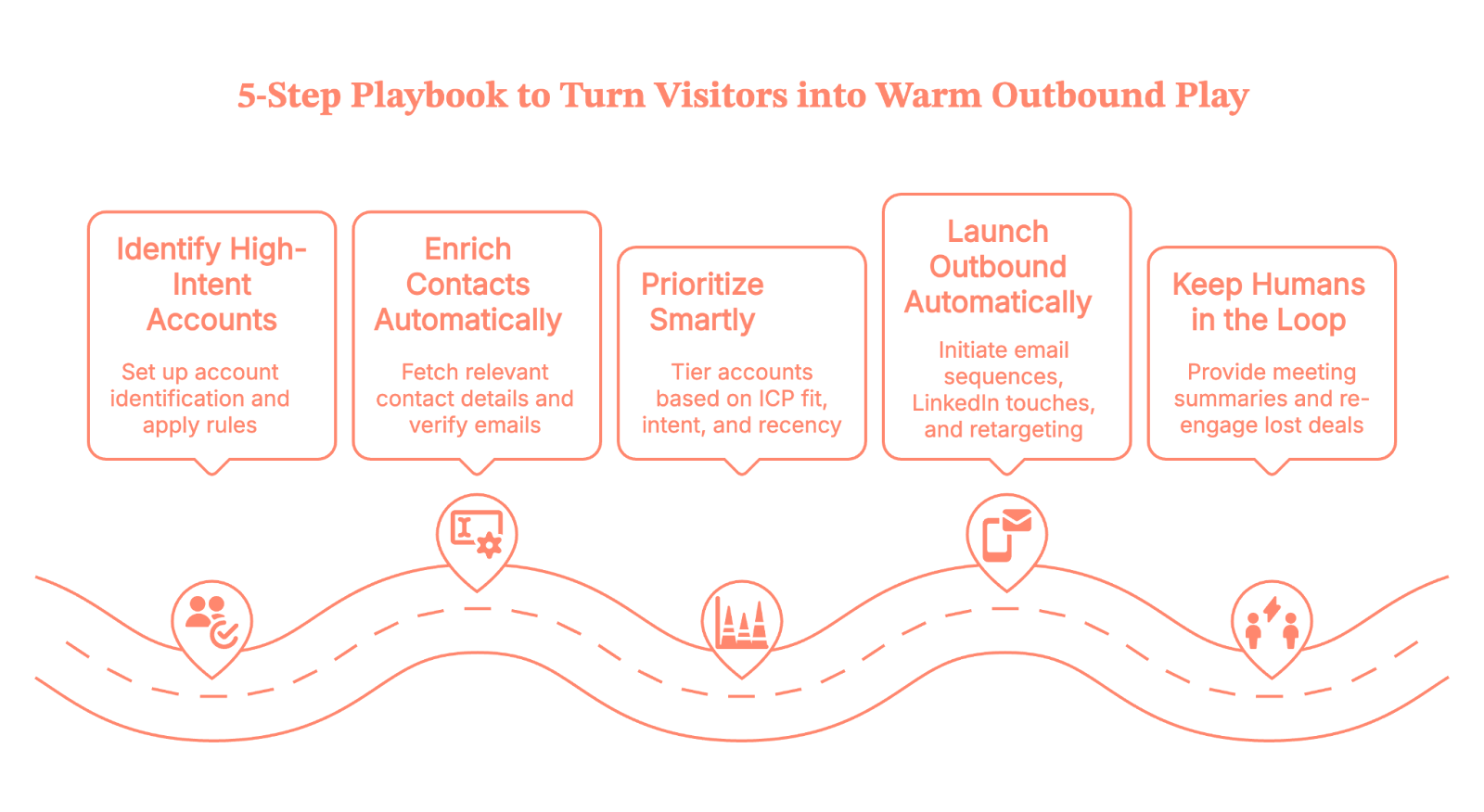
1) Identify high-intent accounts (with Factors)
Set up account identification on your site so you see company, industry, size, location, and what they did (pricing page, comparison page, sessions, etc.). Then add simple rules:
- ICP fit: e.g., Software/IT/Education, US/Canada, 50–500 employees
- Intent filters: e.g., ‘viewed pricing or product pages for ≥60 seconds,’ ‘multiple sessions in 24 hours,’ or ‘visited competitor comparison’
Pro tip: Start with two high-yield streams:
- High-intent ICP (net-new)
- Closed-lost/churned revisits (exclude super-recent losses so you don’t look clingy)
When an account matches, Factors fires real-time alerts and links directly to the account’s journey (so reps see context in one click).
(Because ‘context switching across 12 tabs’ isn’t a growth strategy.)
2) Enrich contacts automatically (this is where GTM engineering shines)
Identifying the company is half the job. The other half is finding the right people with verified emails, without sending SDRs on a copy-paste safari.
Here’s the flow your GTM engineering layer runs behind the scenes:
- Trigger: A Factors alert hits your orchestration tool (Make.com, Zapier, or Clay).
- Journey pull: Fetch last-30-day activity from Factors (pages, sessions, ad touches) into a working sheet.
- Apollo enrichment: Call Apollo to fetch relevant titles/regions/seniority; capture work emails and verification status.
- CRM hygiene: Check HubSpot/Salesforce for duplicates; tag new/existing; write updates.
- Prep the alert: Bundle the journey + top contacts so Slack shows reps who to email first (and why).
Net result: Your team gets verified contacts from the right account, in minutes, without manual chasing.
3) Prioritize smartly (so reps take the next best action)
Not every account deserves a same-day call. Use lightweight tiering so your team focuses on impact, not volume:
- ICP Fit: Expected ACV, win rate, segment (SMB/MM/ENT)
- Intent: Page depth, frequency, topics (pricing/competitor pages > ‘what is’ blogs)
- Recency: Last activity (fresh beats stale)
- Engagement: Channels and content they cared about (ad → landing page ≠ casual blog skim)
Factors’ Account Tiering and Contact Relevance agents do this automatically, grouping buying committees, ranking contacts, and even generating ‘why this person’ reasons.
Tier 1 goes to Sales now; Tier 2 gets Sales + Marketing; Tier 3 goes into the nurture phase.
(Think of it as ‘do the clever things first.’)
4) Launch outbound automatically (without being creepy)
Once you have account + contacts + context, GTM engineering fires multichannel plays:
- Email sequences (via Apollo or Smartlead), personalized to the topic/page cluster
- LinkedIn touches (connection requests and light interactions via tools like HeyReach/Trigify)
- Precision retargeting (show the right creative to live ICP visitors)
- Slack alerts so reps can jump in when Tier 1 accounts are active
Messaging rule of thumb: reference adjacent, observable signals (‘teams like yours comparing X/Y often ask about…’) instead of ‘we saw you on the pricing page at 3:17 pm.’(Because… yikes.)
5) Keep humans in the loop, then measure like a hawk
Automation should tee up great conversations, not replace them.
- Meeting Assist: AEs get pre-meeting summaries (firmographics, interest areas, pre/post-visit pages) for tailored follow-ups.
- Closed-lost re-engage: If a lost deal resurfaces, reps get the journey + refreshed contacts (and a reason to re-open the thread).
- Daily digest: Leadership sees which regions and tiers are heating up.
Track the entire intent funnel, not just opens:
- Identified → ICP → Enriched → Assigned → Contacted → Replied → SQL → Demo → Opp → Closed-Won/Lost
- Compare tiers, personas, channels, and sequences. Tweak filters (who we target) and copy (what we say) each week.
A 3-minute micro-play (to show how this feels)
Let’s say a closed-lost account, ‘Acme Corp’, revisits your pricing page (You feel that little heartbeat spike, right?)
Here’s how that moment turns into a meeting, automatically:
- Trigger (instant): Factors spots the visit and tags it as a Closed-Lost Revisit, no manual digging, no delays.
- Collect & Enrich (under the hood): Make.com flow pulls the last 30 days of journey data from Factors, then calls Apollo to fetch role-relevant, verified marketing and sales contacts. Duplicates get checked against your CRM, so records stay clean.
- AI Assist (context you can use): OpenAI summarizes the journey (top pages, themes) and prioritizes contacts by geo, title, and seniority, so reps know exactly who to hit first.
- Slack Handoff (minutes later): Your SDR receives a ready-to-act card with the next best step already included.
- Action (human, fast): The rep tweaks a line or two and hits send. Warm, informed, and perfectly timed.

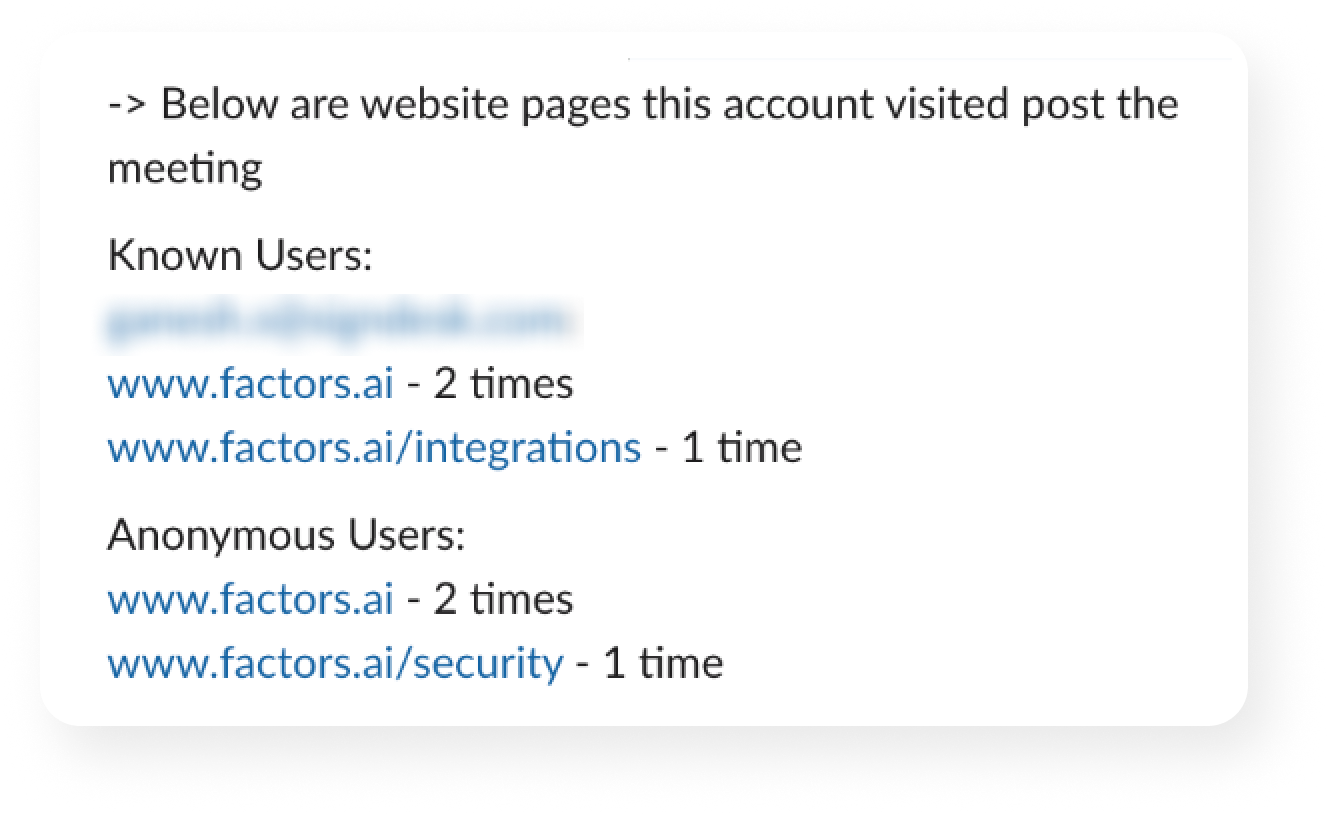
Ready to catch the next one?
Why teams pick Factors.ai for intent-driven outbound

- Higher coverage: Identify up to 75% of visiting accounts (vs 8–10% person-level tools).
- Contact-level precision: Pinpoint the right people by geo, role, seniority, and buying group using user geo + job title triangulation.
- Done-for-you GTM engineering: We design, build, and maintain the workflows, so you don’t.
- Tool-agnostic, outcome-first: Use Factors with Apollo, HubSpot/Salesforce, Slack, Make/Zapier/Clay, Google Sheets, and your ad stack.
- Human + automation: Custom agents for Account Qualification, Contact Relevance, Account Tiering, Account Mapping, Meeting Assist, and Closed-Lost Alerts, with your team’s rules baked in.
(Short version: fewer ‘busywork’ pings, more booked meetings.)
Now, your move
If you’ve got traffic but not enough conversations, you don’t need ‘more leads.’ You need to activate the intent you already have, and do it automatically.
Factors identifies who’s on your site, uses GTM engineering to enrich and prioritize accounts, and delivers ready-to-send outreach to your reps in minutes.
Book a demo, and we’ll show you your high-intent accounts, the exact contacts to reach, and the workflows that make outbound feel (almost) effortless.
You’re closer to your next best deal than you think. Let’s go get it.
Quick FAQ on GTM engineering services from Factors.ai (because your team will ask)
Q. Will this spam Slack?
A. No, alerts are filtered by ICP + intent + tier. Everything else goes to a digest.
Q. Are the emails any good?
A. We use context from buyer journeys and your rules to generate short, human drafts. Reps keep the voice; automation kills the busywork.
Q. What if our ops team is small?
A. That’s why GTM engineering services exist. We build and maintain the flows; you enjoy the pipeline.
.svg)



